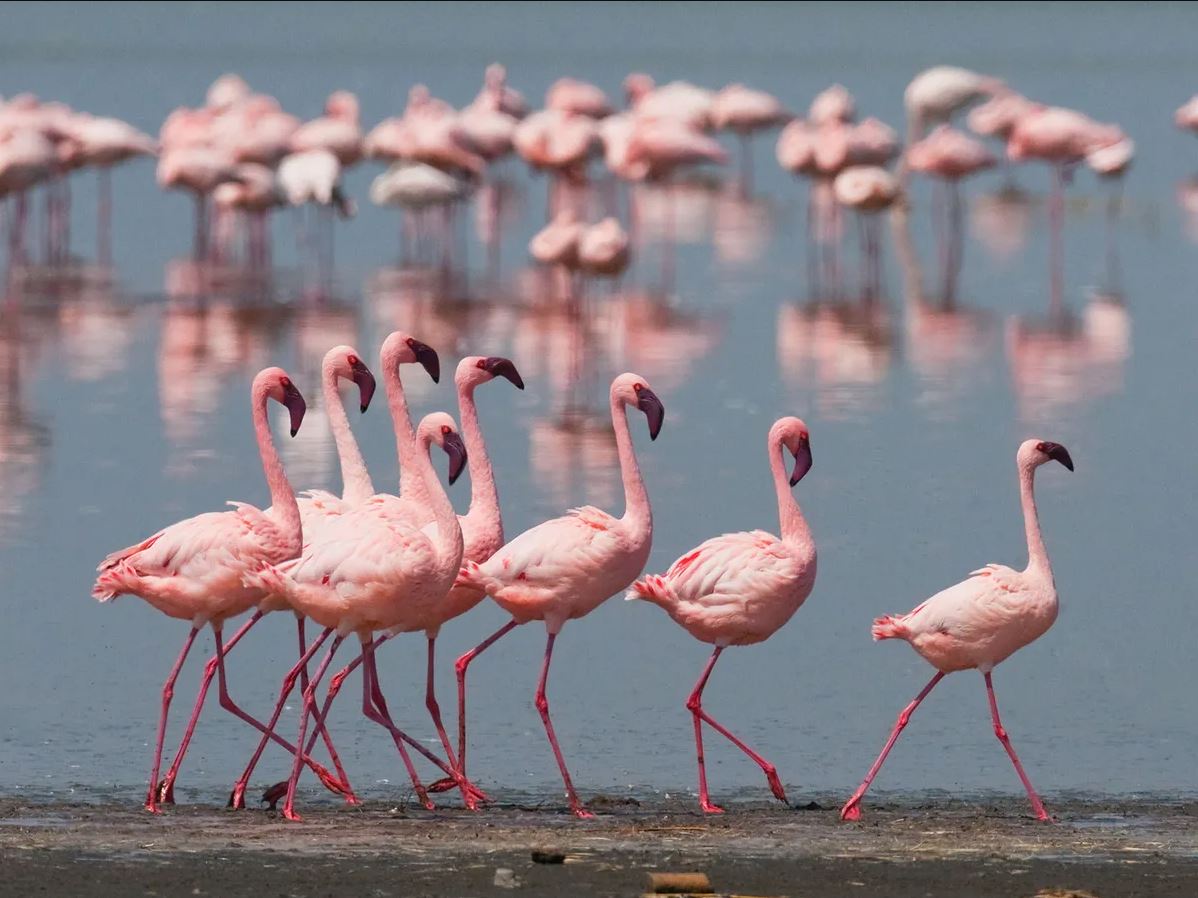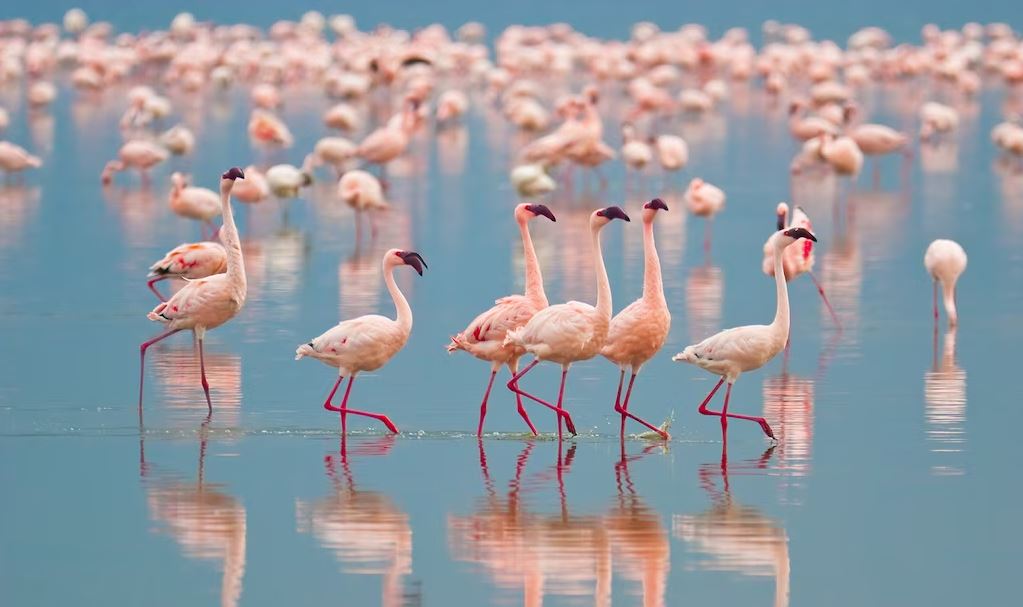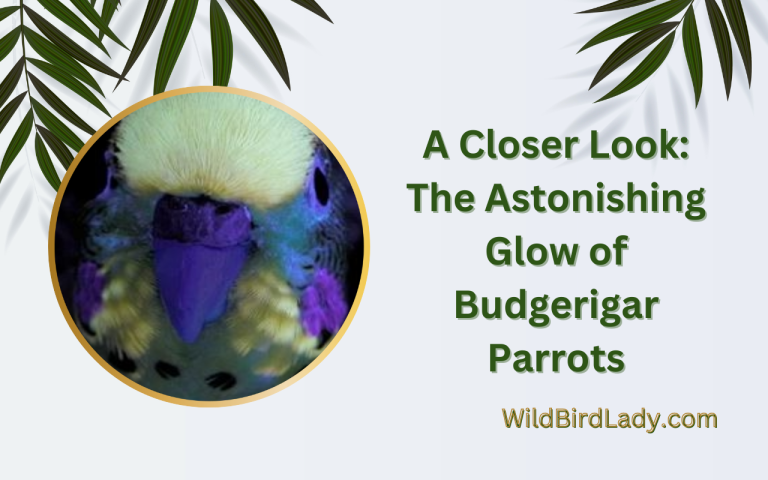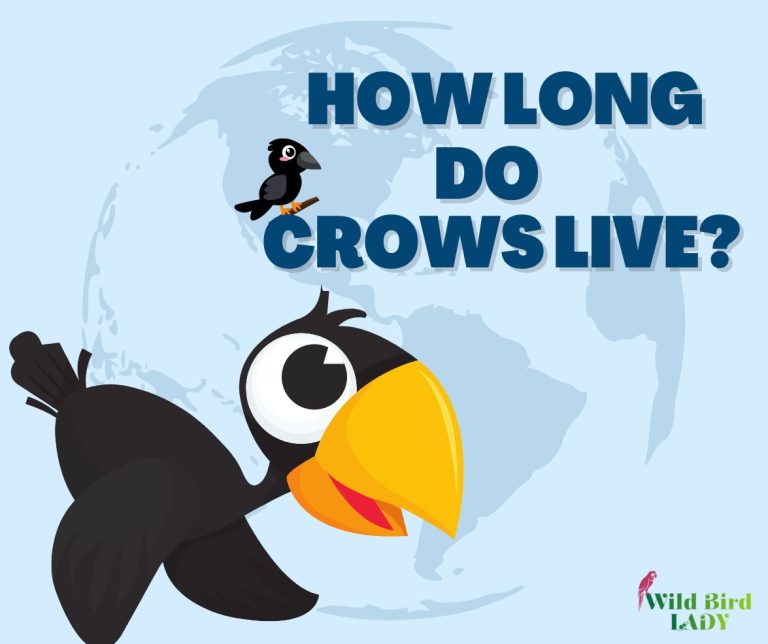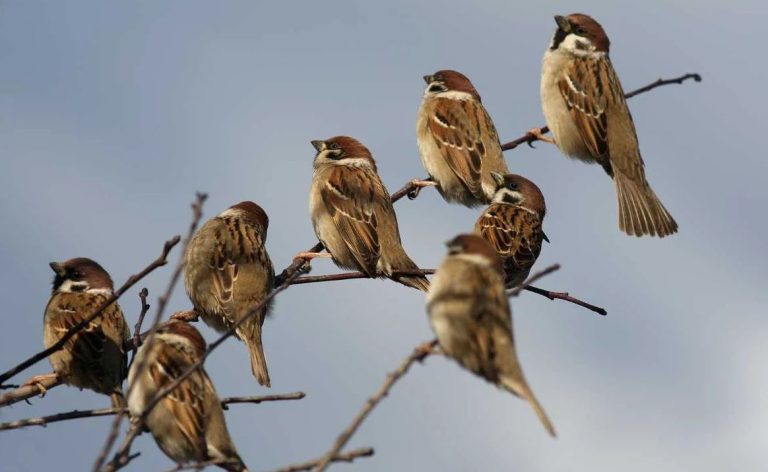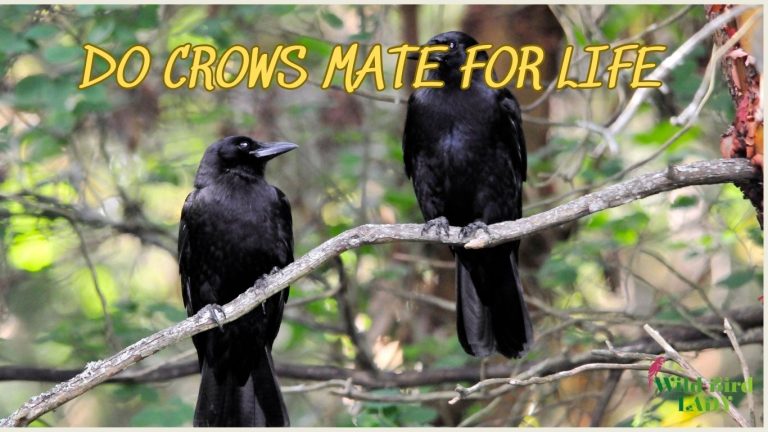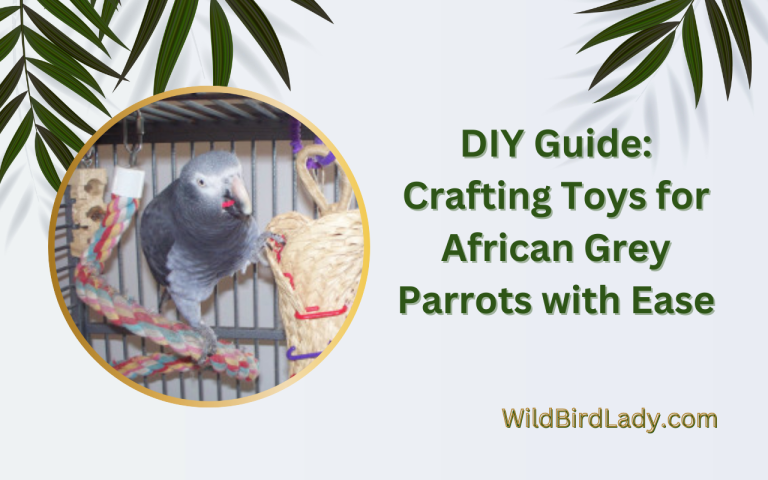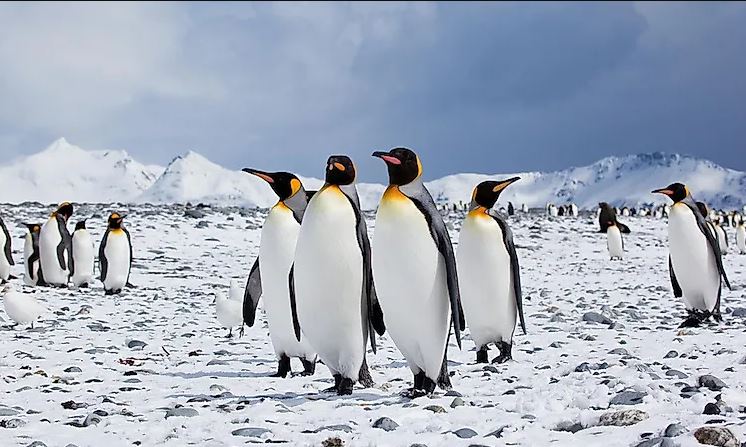What Is a Group of Flamingos Called? (Hint: It’s as Fancy as the Bird Itself)
When you picture a group of flamingos, what comes to mind? A sea of bubblegum-pink feathers, long elegant legs, and synchronized movements in shallow waters? Flamingos are undeniably among the most graceful and exotic birds in the world—but did you know their group name is just as glamorous as their appearance?
So, what is a group of flamingos called? The answer is: a flamboyance.
Yes, you read that right. A flamboyance of flamingos! It’s a term as vivid and colorful as the birds themselves. But that’s just the beginning of this fascinating story. In this article, we’ll dive deep into everything you need to know about flamingo group behavior, why they gather in large numbers, their social structures, and the origin of their charming group name.
What Is a Group of Flamingos Called?
The official collective noun for a group of flamingos is a flamboyance.
This whimsical term perfectly matches the flamingo’s extravagant color, graceful posture, and social charm. You may have heard other animal group names—like a murder of crows or a parliament of owls—but few are as visually fitting as a flamboyance of flamingos.
The term is not just used by birdwatchers; it appears in books, nature documentaries, and even educational programs. The next time you see a group flamingos gathered by a lake, you’ll know you’re looking at a flamboyance in action.
Why Do Flamingos Gather in Groups?
Flamingos are highly social birds. They live in colonies that can number in the thousands. Why? Because there’s strength—and success—in numbers.
Here are a few key reasons:
1. Predator Protection
Larger groups help protect individuals from predators like eagles, jackals, and crocodiles. With so many eyes, it’s harder for a predator to surprise them.
2. Feeding Efficiency
Flamingos feed by stirring up mud and filtering out food through their bills. Feeding in groups creates more movement in the water, which helps churn up more food like algae, plankton, and small crustaceans.
3. Mating and Breeding
Flamingos don’t breed well in small groups. Large flamboyances are crucial for courtship displays—synchronized dances and movements that attract mates. In fact, some zoos use mirrors to trick flamingos into thinking their group is larger, encouraging them to breed.
The Origin of the Term “Flamboyance”
The term “flamboyance” originates from the French word flamboyant, meaning flaming or blazing. Over time, the word evolved in English to describe something extravagant, showy, or bold—much like the flamingo itself.
It’s unclear exactly when or where the term began to describe a group of flamingos, but it likely emerged from British English during the 20th century as part of a literary and somewhat humorous tradition of naming animal groups with whimsical collective nouns.
Other Names for Flamingo Groups
While “flamboyance” is the most recognized and widely used term, flamingo groups may also be referred to by other, less common names, including:
- Colony – Commonly used when discussing breeding behaviors
- Stand – Used occasionally when flamingos are standing still
- Regiment – A rarer, more formal term for organized groups
- Flock – The most generic and widely applicable term for birds
So while you’re technically correct if you call them a flock, calling them a flamboyance is not only accurate—it’s delightful.
How Big Can a Flamingo Group Get?
Flamingo colonies are among the largest of any bird species. Depending on the region and species, they can range from a few dozen to over a million birds!
World Record Colony
The largest known flamingo colony is in Lake Natron, Tanzania, where over 1.5 million lesser flamingos gather during the breeding season.
Zoo Groups
In captivity, flamingos usually live in smaller flamboyances of 10–100 birds, depending on space and resources.
Group Flamingos Behavior and Social Structure
Flamingos in groups exhibit some truly fascinating behaviors:
1. Synchronized Movement
One of the most visually stunning traits of a flamingo group is how they move together—walking, feeding, and even flying in near-perfect unison. These movements are often part of social bonding or mating rituals.
2. Vocal Communication
They use honks, growls, and grunts to communicate within the flamboyance. Vocal cues help maintain group cohesion and can also indicate threats.
3. Hierarchy and Bonds
Flamingos form close social bonds, sometimes sticking with the same mate or same group of friends over multiple seasons. There’s also a loose social hierarchy, often based on age and health.
The Benefits of Being in a Flamboyance
Why go solo when you can join the pink parade? Here are the top advantages of being part of a group flamingos:
| Benefit | Explanation |
|---|---|
| Safety in numbers | Reduces the chance of individual predation |
| Better for breeding | Courtship displays work best in large, dynamic groups |
| Increased food access | Group feeding stirs up more mud and plankton-rich water |
| Social enrichment | Flamingos thrive emotionally and behaviorally in social settings |
In short, being in a flamboyance isn’t just for fun—it’s essential to flamingo survival and happiness.
Flamboyance in the Wild vs. Captivity
In the Wild
Wild flamboyances form naturally around water sources in Africa, the Caribbean, South America, and parts of the Middle East. These groups follow seasonal migrations and are highly sensitive to environmental changes.
In Captivity
In zoos and bird parks, flamingos are often placed in artificial flamboyances. Since flamingos require social interaction, zookeepers ensure they are kept in groups—not only for the birds’ mental health but also to encourage natural behavior, including breeding.
Fun Flamingo Facts You Didn’t Know
- They aren’t born pink: Flamingo chicks are gray. Their pink color comes from carotenoids in their diet (mostly shrimp and algae).
- They sleep standing on one leg: Scientists believe it conserves body heat and energy.
- Their knees bend backward—or do they? What looks like a knee is actually the flamingo’s ankle. Their real knees are hidden beneath their feathers.
- They produce “milk”: Both male and female flamingos feed their chicks crop milk, similar to pigeons.
Conclusion
So, what is a group of flamingos called? Now you know—it’s a flamboyance! And the name couldn’t be more perfect for such radiant, social, and elegant birds. Whether you’re a casual birdwatcher, a trivia lover, or just someone who appreciates quirky facts, understanding the meaning behind a flamingo group name adds another layer of awe to this already captivating species.
Next time you see a bunch of these pink beauties gathered by the water, don’t just call them a flock. Smile, and say:
“Now that’s a flamboyance.”
Frequently Asked Questions (FAQ)
What is a group of flamingos called?
A flamboyance. It’s the most widely accepted and visually fitting collective noun.
Can flamingos live alone?
Not happily. Flamingos are social birds and need the presence of others to thrive emotionally and physically.
Do all flamingo species form flamboyances?
Yes, all six species of flamingos tend to form large social groups, though colony sizes vary by species and region.
Where can I see a flamboyance of flamingos in the wild?
Some popular locations include Lake Nakuru (Kenya), Lake Natron (Tanzania), and the Caribbean island of Bonaire.
Read Also:

